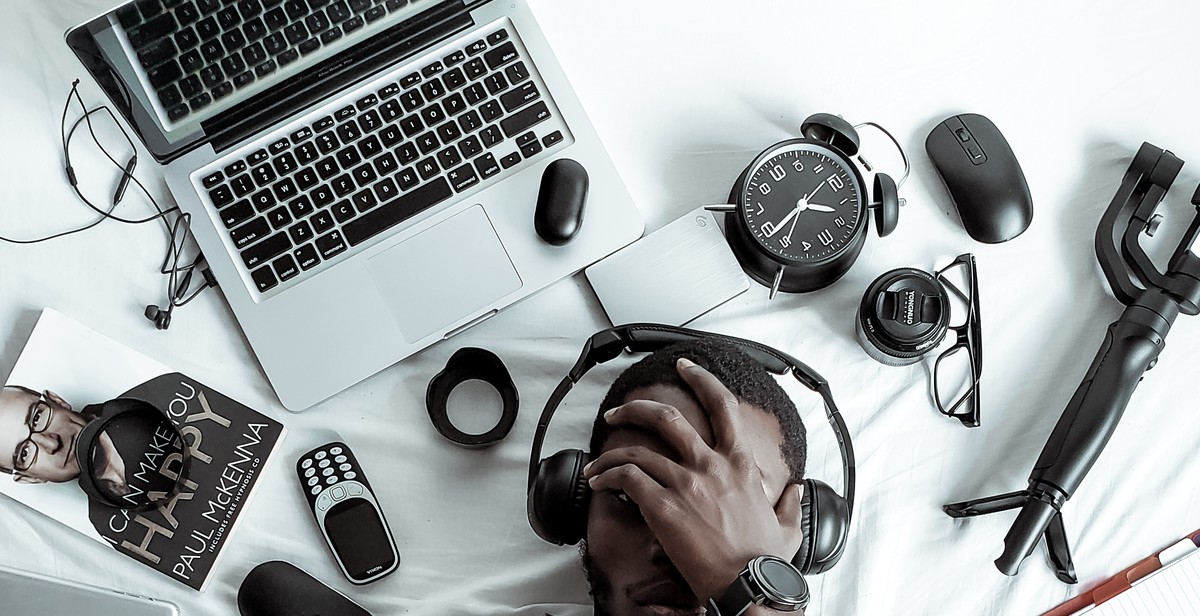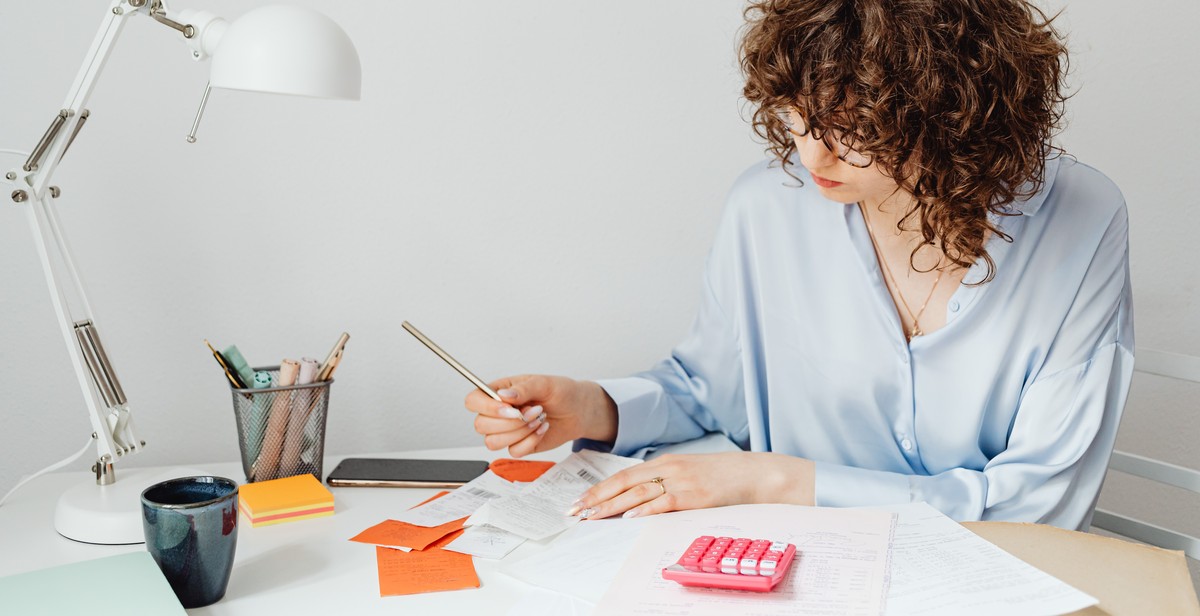Introduction: How to Get Off My Smartphone
In today’s digital age, smartphones have become an essential part of our daily lives. From social media to email, messaging to video calls, we rely heavily on our smartphones for communication, entertainment, and information. However, the constant use of smartphones can have negative impacts on our physical and mental health, as well as our productivity and relationships. Therefore, it is essential to learn how to get off your smartphone and find a balance between technology and real-life experiences.
Why Getting Off Your Smartphone is Important
Research has shown that excessive use of smartphones can lead to a range of health problems, including eye strain, neck pain, and insomnia. Moreover, the constant need to check notifications and messages can increase stress levels, reduce attention span, and negatively impact our relationships with others.
Additionally, smartphone addiction can lead to a decrease in productivity, as it can be a major distraction from work or studying. It can also lead to a decrease in creativity and the ability to think deeply and critically.
Therefore, learning how to get off your smartphone is crucial for maintaining a healthy and balanced lifestyle. It allows you to be more present in the moment, connect with others on a deeper level, and focus on your goals and priorities.
In this article, we will explore various tips and strategies on how to get off your smartphone and find a healthier balance between technology and real-life experiences.

Step 1: Set Goals and Boundaries
Using your smartphone excessively can lead to addiction, decreased productivity, and even physical health issues. Therefore, it is important to set goals and boundaries to help you get off your smartphone. Here are some tips to help you:
1. Define Your Goals
The first step to getting off your smartphone is to define your goals. Ask yourself what you want to achieve by reducing your smartphone usage. Do you want to be more productive at work or school? Do you want to spend more quality time with your family and friends? Do you want to improve your mental and physical health? Once you have identified your goals, write them down and keep them somewhere visible as a reminder.
2. Create Boundaries
The next step is to create boundaries to help you achieve your goals. Here are some boundaries you can set:
- Turn off notifications for non-essential apps
- Designate specific times of the day for checking your phone
- Keep your phone out of reach during meals or when spending time with loved ones
- Put your phone on airplane mode when going to bed
- Avoid using your phone while driving or walking
Remember, it’s important to stick to your boundaries to break the habit of constantly checking your phone. Over time, you’ll find that you’re more productive, focused, and present in your daily life.
| Benefits | Examples |
|---|---|
| Increased productivity | Finishing work tasks on time |
| Better mental and physical health | Reduced stress and anxiety |
| Improved relationships | More quality time with family and friends |

Step 2: Change your habits
Identifying the triggers that cause you to use your smartphone excessively is an essential step towards breaking the addiction. Once you know what triggers you, you can take steps to avoid them or change your response to them. Here are some tips to help you change your habits:
Replace bad habits with good ones
One effective way to break bad habits is to replace them with good ones. For example, if you find yourself mindlessly scrolling through social media when you’re bored, try replacing that habit with something more productive, like reading a book, going for a walk, or practicing a hobby.
Another way to replace bad habits is to make them more difficult to do. For example, if you tend to check your phone first thing in the morning, try leaving it in another room overnight so that it’s not the first thing you see in the morning.
Create a plan
Creating a plan is an effective way to change your habits. Decide which habits you want to change and come up with a plan for how you will do it. Write down your plan and track your progress. This will help you stay motivated and focused on your goals.
Practice mindfulness
Practicing mindfulness can help you become more aware of your thoughts and behaviors. When you feel the urge to check your phone, take a deep breath and ask yourself why you’re doing it. Are you bored? Stressed? Lonely? Once you know why you’re reaching for your phone, you can take steps to address the underlying issue.
Use apps to help you
There are many apps available that can help you break your smartphone addiction. Some apps track your phone usage and provide you with data on how much time you’re spending on your phone. Other apps can help you set limits on your phone usage or block certain apps during specific times of the day.
Remember that breaking a smartphone addiction takes time and effort. Be patient with yourself and celebrate your successes along the way. With the right strategies and mindset, you can successfully reduce your smartphone usage and improve your overall well-being.

Step 3: Find alternative activities
One of the biggest reasons why people spend so much time on their smartphones is because they don’t have anything else to do. However, there are plenty of alternative activities that you can engage in that will keep you occupied and help you break free from your phone addiction. Here are some ideas:
Explore new hobbies
There are countless hobbies that you can explore that will help you disconnect from your phone. For example, you could try painting, photography, gardening, cooking, or learning a new language. Not only will these activities keep you occupied, but they will also give you a sense of purpose and accomplishment.
Spend time with loved ones
Spending quality time with your loved ones is another great way to get off your smartphone. Whether it’s playing board games with your family, going on a hike with your friends, or having a date night with your significant other, there are plenty of ways to connect with the people you care about without staring at a screen.
Get active
Physical activity is not only good for your health, but it’s also a great way to take a break from your phone. Whether it’s going for a run, taking a yoga class, or playing a game of basketball, there are plenty of ways to get your body moving and clear your mind.
Read a book
Reading is a great way to escape from the digital world and dive into a new story. Whether you prefer fiction or non-fiction, there’s a book out there for everyone. Not only will reading keep you entertained, but it will also help improve your cognitive abilities and reduce stress.
Join a club or group
Joining a club or group is a great way to meet new people and engage in activities that you enjoy. Whether it’s a book club, a hiking group, or a cooking class, there are plenty of options out there. Not only will joining a group give you a sense of community, but it will also help you break free from your smartphone.
Overall, there are plenty of alternative activities that you can engage in to help you break free from your smartphone addiction. Whether it’s exploring new hobbies, spending time with loved ones, or getting active, the key is to find activities that you enjoy and that keep you occupied. By doing so, you’ll be able to live a more fulfilling life and reduce your dependence on your phone.

Step 4: Hold yourself accountable
Getting off your smartphone can be a challenging task, but with the right tools and support, it is possible. In this step, we will discuss two ways to hold yourself accountable and stay on track with your smartphone usage goals.
Use apps to track usage
One effective way to hold yourself accountable is by using apps that track your smartphone usage. There are several apps available for both Android and iOS devices that can help you monitor your screen time, track your app usage, and set limits on your phone usage. Some of the popular apps include:
- Moment: This app tracks your screen time and sends you notifications when you exceed your daily limit.
- Forest: This app encourages you to stay off your phone by motivating you to plant trees in a virtual forest. The longer you stay off your phone, the more trees you can plant.
- Flipd: This app helps you stay focused by blocking distracting apps and websites for a set period of time.
By using these apps, you can become more aware of your smartphone usage habits and take steps to reduce your screen time.
Get support from others
Another way to hold yourself accountable is by getting support from others. This can include family, friends, or even online communities that are focused on reducing smartphone usage. By sharing your goals with others, you can gain support and encouragement to stay on track.
You can also find an accountability partner who is also trying to reduce their smartphone usage. This person can help you stay motivated, provide support when you are struggling, and hold you accountable when you slip up.
| Benefits of holding yourself accountable |
|---|
| Increased awareness of smartphone usage habits |
| Improved self-discipline and self-control |
| Better sleep quality and overall well-being |
By holding yourself accountable, you can take control of your smartphone usage and enjoy a more balanced and fulfilling life.

Conclusion
Getting off your smartphone can be a challenging task, but it is beneficial for your overall well-being. By reducing your screen time, you can improve your mental health, physical health, and social life.
Benefits of getting off your smartphone
- Improved sleep quality
- Reduced risk of eye strain and headaches
- Increased productivity
- Reduced stress and anxiety
- Improved social interactions and relationships
- Decreased risk of addiction
It’s important to remember that getting off your smartphone doesn’t mean completely disconnecting from the world. You can still use your phone for important tasks, but it’s important to set boundaries and limit your screen time.
Tips for reducing screen time
| 1. | Set a specific time limit for using your phone each day. |
| 2. | Turn off notifications for non-essential apps. |
| 3. | Engage in activities that don’t involve your phone, such as reading, exercising, or spending time with loved ones. |
| 4. | Use apps that track your screen time and provide reminders to take breaks. |
By implementing these tips and reducing your screen time, you can improve your overall well-being and live a more fulfilling life.
